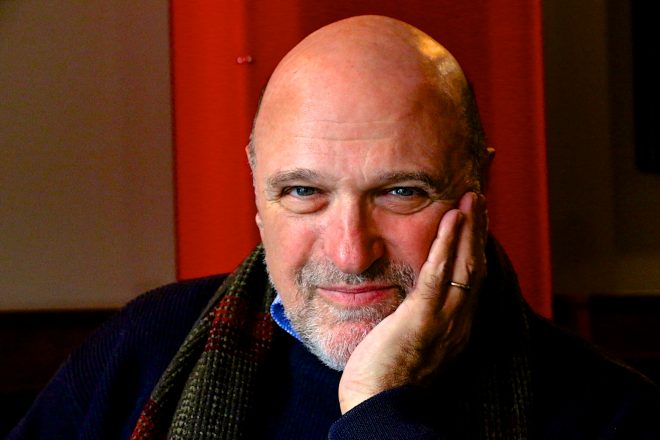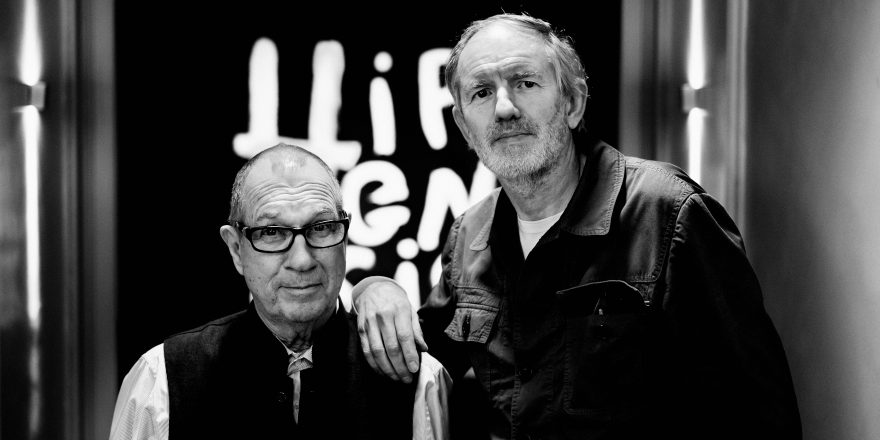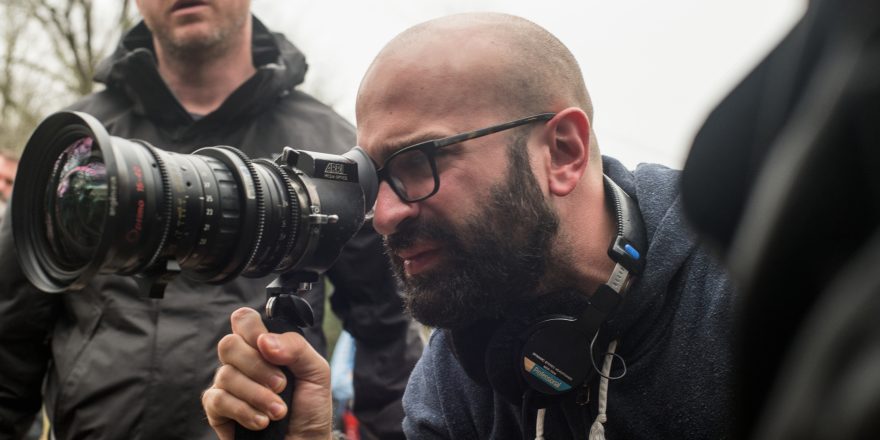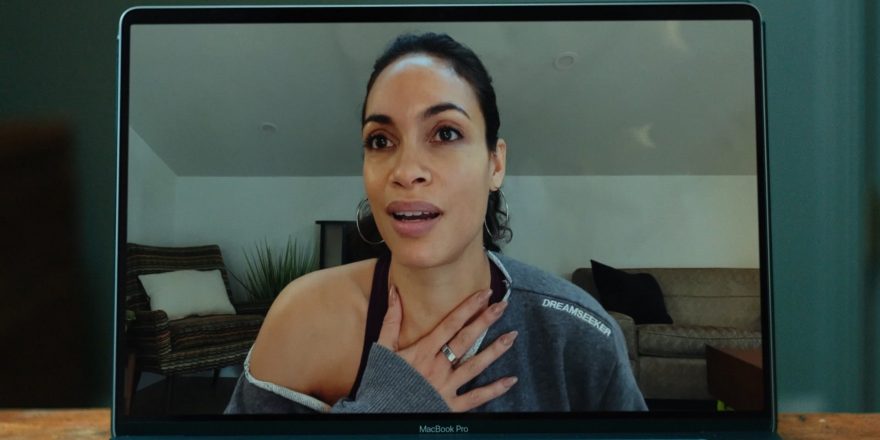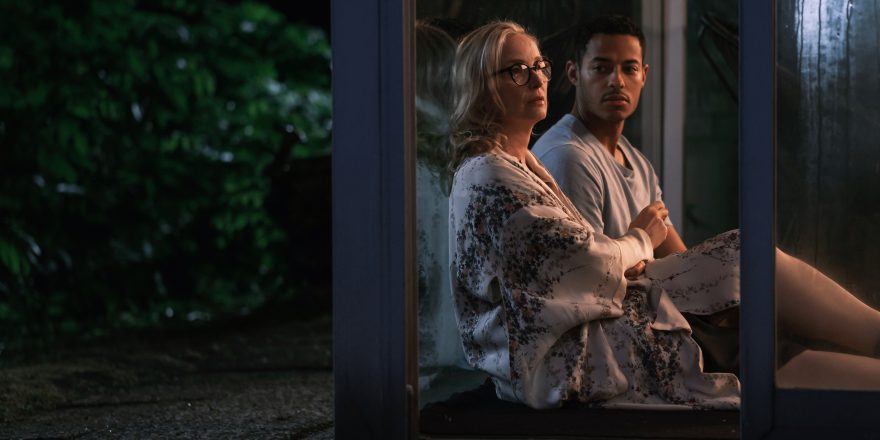Three Great Things is Talkhouse’s series in which artists tell us about three things they absolutely love. To mark the 45th anniversary re-release of Andrew Davis’ debut feature, Stony Island, a humanistic drama about a group of aspiring musicians trying to make it in the world of popular music, the acclaimed veteran director – best known for such movies as The Fugitive and Holes – shared some of the things he loves most in life. — N.D.
Collaboration
I like to create with really talented people. I’m currently working on three or four different projects with different writers – some that are adaptations, some from scratch. I’m possibly working again with Louis Sacher, who wrote Holes, I’m working on adapting a Gene Wilder book he wrote set in World War I, and I also just wrote a novel that’s being published next summer with a writer named Jeff Biggers. It’s all really rewarding.
The first collaborations I had were playing baseball as a kid on the South Side of Chicago. In terms of creative enterprises, I started playing the guitar when I was very young and eventually wound up learning folk music and singing with my friend Sonny Rapoport in high school. Then we were in bands together in college. That was something very creative and collaborative. My parents were actors who met in the theater, so there were always people around, like Studs Terkel, who were creating together and improvising.
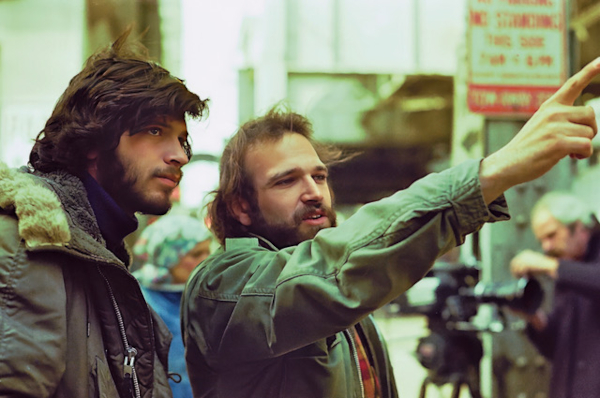
I started taking pictures when I was very young. I was the president of the South Chicago YMCA Photo Club when I was eight years old, and I took pictures out by the steel mills of the Chicago Skyway being built, which later showed up in some of my movies. So I have a long history with images. I’m now working with somebody, trying to organize about half a million photographs from my family archives: pictures of relatives from Europe, pictures of my location scouts, family photos of our children. One of the joys I have is sharing those images. If I send pictures to people I worked with 30 or 40 years ago, they get to remember these wonderful moments of being creative and collaborative together. I’m doing a lot of writing now, but I’m basically a picture taker. I tell stories with pictures.
Lasting Friendships
I have five or six friends who I grew up with on the South Side, and we’ve known each other since third and fourth grade. We’re all now in our late 70s. It’s a wonderful thing to share with them the journey and the bittersweet qualities of our life, about how simple life was and how lucky we were we didn’t die from cancer growing up by the mills, when other people did. The six of us have done completely different things in life, and yet when we come back together, that doesn’t matter. When you grow up with somebody and you remember the good and the bad of the neighborhood, the fun and the tragedies of the neighborhood, it makes you bond. We all came from working class or lower middle class families. Our parents bought houses on GI loans and we grew up in a neighborhood that wound up having many different ethnic groups, especially in high school, so it was a hodgepodge of humanity. There were kids who went right to prison, kids who went right to Harvard. I think that spectrum of experience made us appreciate life, in a way, because we understood what might happen to you. There’s something unique about having someone you can talk to who understands the impact of the depression and World War II on our lives, on our parents’ lives. And who also went through Vietnam and the civil rights movement, plus all this craziness we’re dealing with now.
When my friends and I talk, it goes from the most sophisticated philosophical conversations about the realities of life to who felt up which girl in sixth grade. It’s ridiculous. There’s also pretty heavy stuff, like talking about Richard Speck, who killed eight nurses right across from our grammar school. We talk about Eddie Vrdolyak, the crooked alderman who was in and out of prison a couple times. There were also some kids who were heroes, like Ferry Williams, a basketball player in our high school who was 5’10” and could dunk backwards, and had the four-year scoring record for Chicago Public Schools. (He decided to go to a college that would give him a guarantee of a graduate degree rather than trying to get into a Big Ten school and maybe getting into the NBA.) My friend Michael went to Vietnam and told us, “None of you can come here. Do not come to Vietnam. Do whatever it takes.” He may have saved some lives; fortunately, he survived too.
Jedediah Smith Redwoods State Park
After I made my first movie, Stony Island, about my brother growing up on the South Side and putting an R&B band together, I was trying to get another job and a producer named Joe Roth wanted to make a little horror movie. He had this crazy script, The Final Terror, about rich girls and poor boys going off into the woods (where there were monsters), so we got on a plane and started scouting forests. We went to Canada and then came back over Mount Saint Helens, where a volcano was blowing up at the time, and wound up checking out Jedediah Smith Redwoods State Park in Northern California, along the coast near Crescent City, California.
I fell in love with Jedediah Smith Redwoods State Park. It has the largest trees in the world, as well as wild rivers and creeks. I learned how to walk up a creek called Mill Creek. It’s unbelievable, and so beautiful. I took my buddies from grammar school there once, a long time ago; I don’t think they could do it again now. For kids who grew up in an urban environment, it was amazing to have this incredible connection, to be amongst trees that were around before Jesus Christ, and to breathe that air. I bumped into a few people who were also urban men who found a deep resonance from going into nature later in life.
I was amazed by the place – it was just mind- boggling. When we filmed there, we had access and the Rangers were going to help us and we also had some private land that we could work on. I was the director, as well as the cameraman (under the name Andreas Davidescu), on that movie. I met my frequent collaborator Joe Pantoliano on The Final Terror (he played the monster), and Daryl Hannah and Rachel Ward also worked on that movie.
I initially went to Jedediah Smith Redwoods State Park for The Final Terror, then later went back several times with my family. We rented a little cabin on the Smith River, the last wild river in California. It’s a very inspirational place. When I want to tune out from a thousand emails a day and the insanity of what’s going on in the world, I think about what it would be like to have a little cabin in Jedediah Smith Redwoods State Park. It would be simple and I’d just relax and unwind, and that would be my life. But I’m getting older, I wouldn’t be able to see my family so much, and it’s far away and not easy to get to, so it’s just a dream for me now.
When the logging industry died around Redwoods State Park, the business that replaced it was Pelican State Prison, one of the most infamous lockdowns in the country. There is a strange culture up there now, where the children of guards and the children of prisoners are going to the same grammar school. It would make a good movie!



